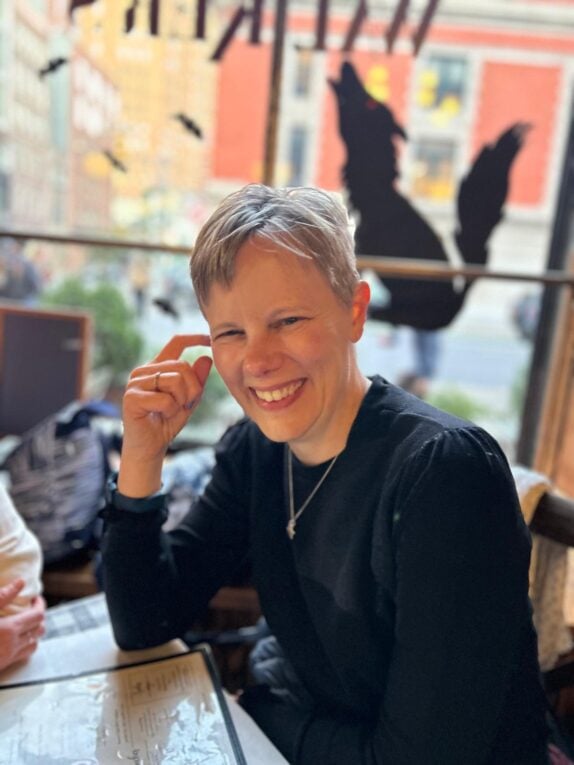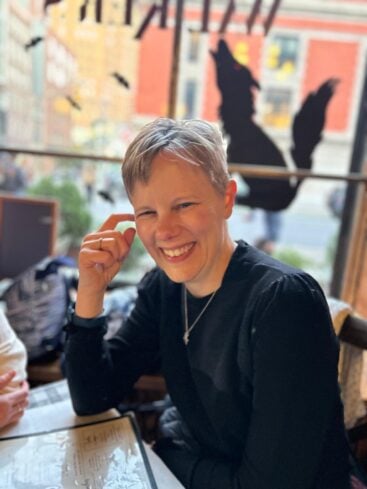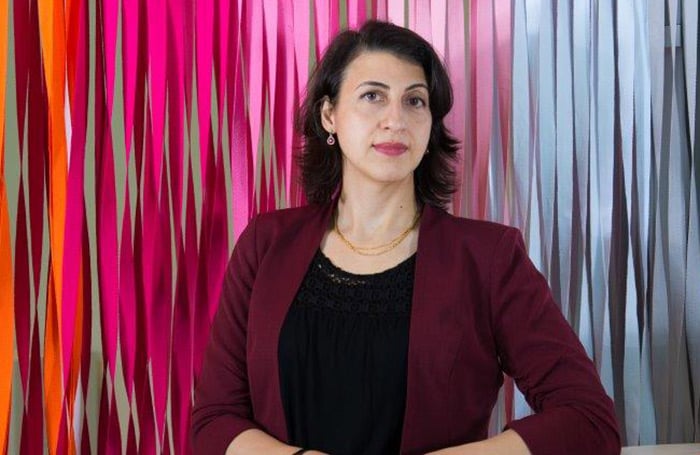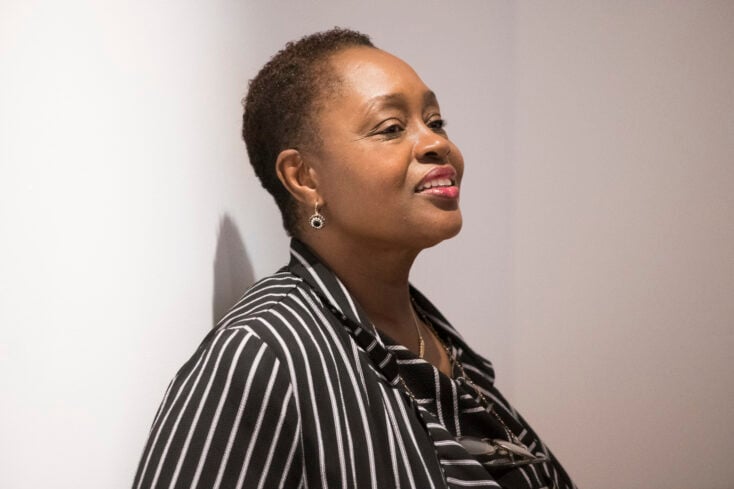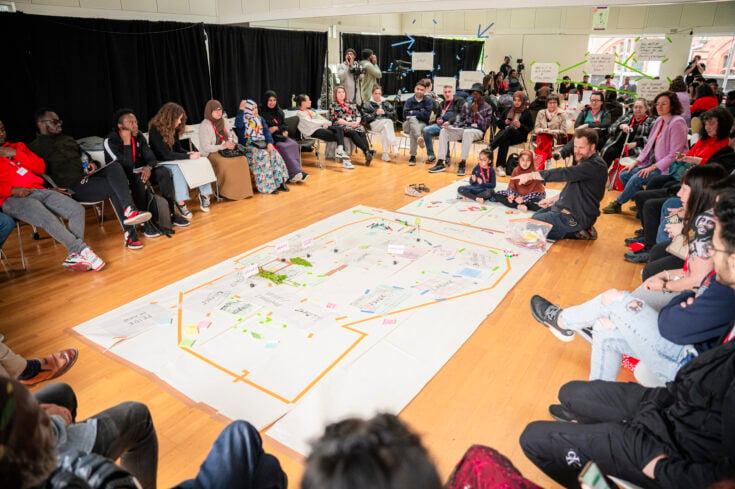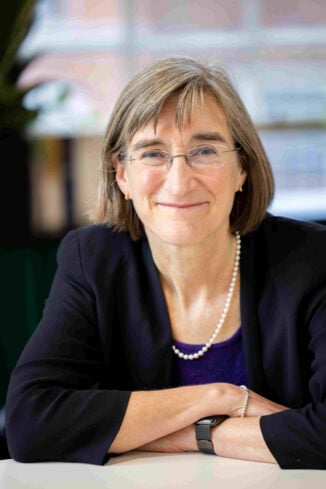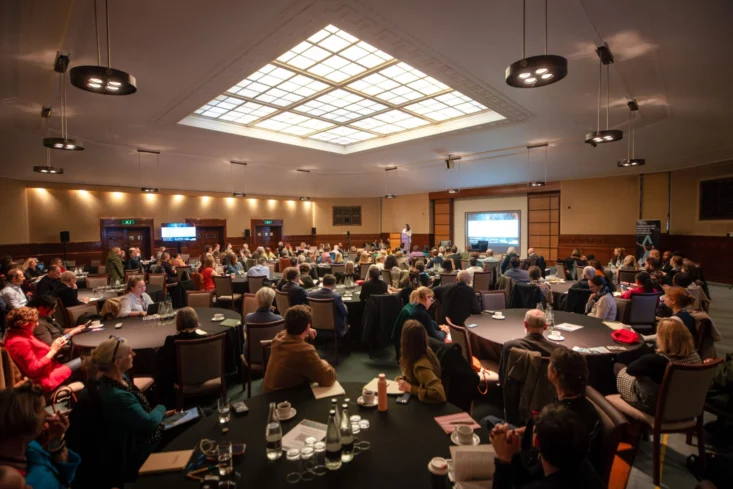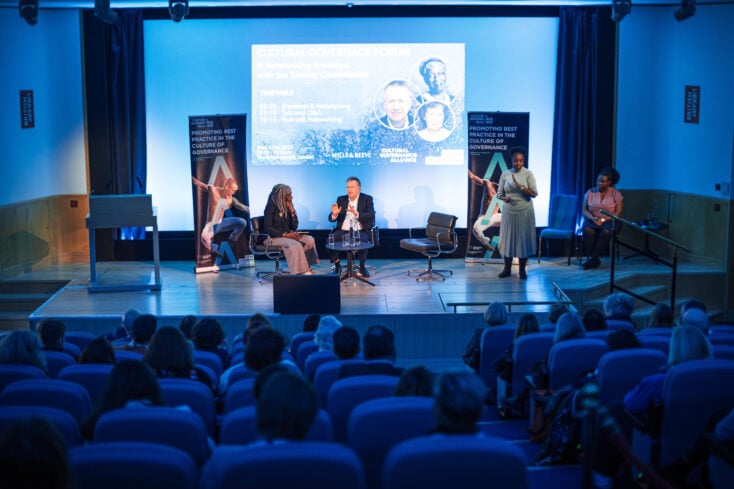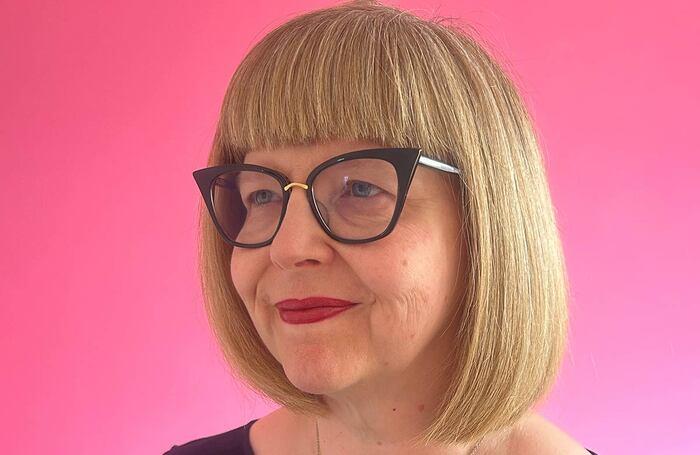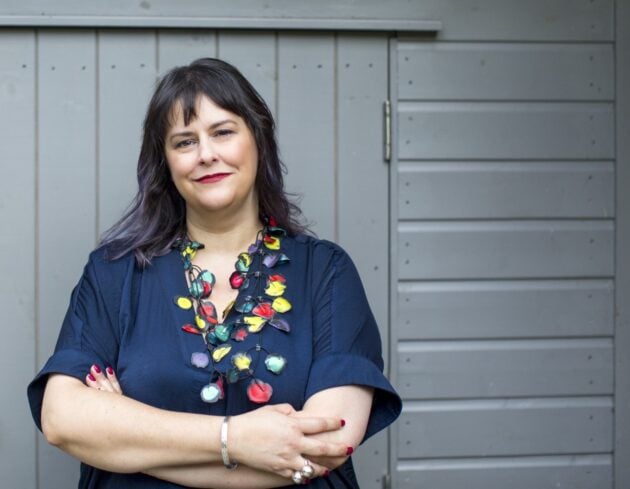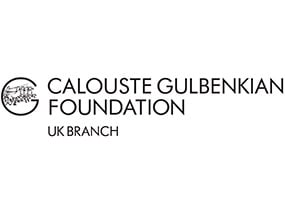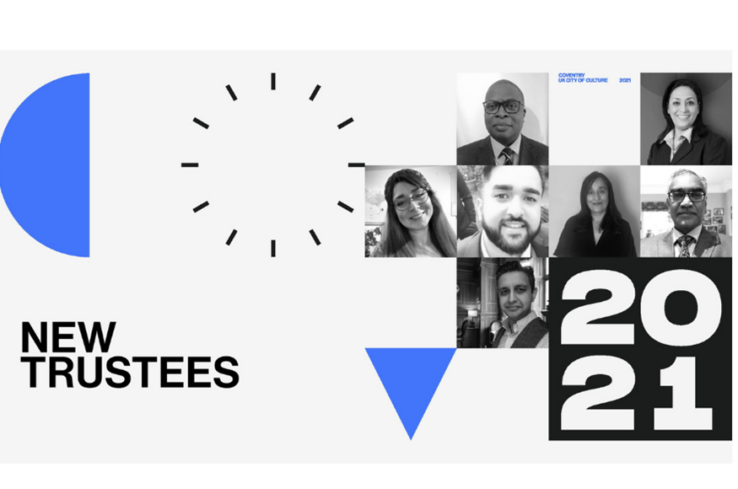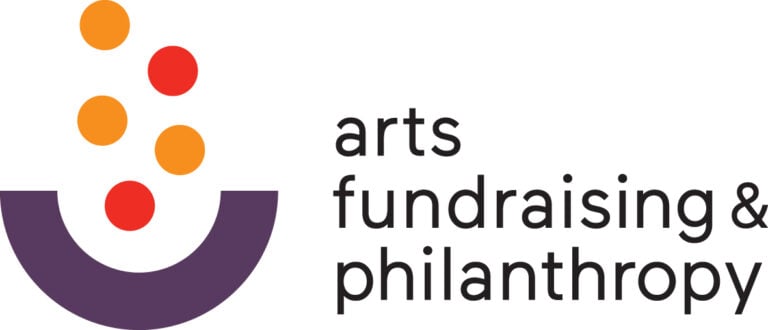An interview with Penny Wilson
We caught up with Penny Wilson, inclusive charity governance consultant and former CEO at Getting On Board, to talk all things trustee diversity and practical tips for effective trustee recruitment.
1. Please tell us about who you are and how you started your career in Governance
I’m Penny Wilson, I’m an Inclusive Governance Consultant, although until recently I was CEO of a charity called Getting on Board, which was a Trustee Diversity and Development charity. We trained about 10,000 trustees a year.
I have always worked in the voluntary sector, starting my career in small infrastructure charities which supported other charities. My interest in governance really started when I became a trustee myself around 15 years ago which were not for professional reasons at the time. I became a trustee because I’d had my first child, I was at home changing nappies, and I just thought I love my baby, but there’s more to life than nappies. I need to use my brain, I was on maternity leave, so that’s how I started.
I’ve recently become a trustee for the fifth time, I just really got the bug and now it’s all I focus on.
2. What does ‘trustee diversity’ meant to you?
A relevant mix of people with different skills, knowledge, backgrounds, perspectives, and experiences. Overall, we don’t have very diverse boards in charities. We have national stats for Registered charities in England and Wales, so we know that the median age is 65 to 69 years, which has increased since it was last measured in 2017. We know that only 8% of trustees are aged 44 or under, and only 1% of trustees of age 30 or under.
Racial diversity has worsened since it was last measured in 2017, so it’s at 8% at the moment, versus 17% of the population. Only 17% of trustees are disabled versus 24% of the population and only 43% are female. 65% of trustees are above the national median for household income so we’ve got this gulf between our trustee body and the wider population. We should probably reflect the people that our organisations want to work with.
3. Statistics from this year’s Charity Commission update confirm that only 6% of Trustees find their role through an advertisement. Can you recommend any effective and practical ways boards can expand their reach to secure new talent and attract a diverse pool of candidates?
I think, number one is to be clear about what you need so it stacks up against your strategy. You need to know what kind of skills and experiences you need people to bring.
Number two would be to remove any unnecessary barriers you can before you go out to recruitment. For example, do they really need to have been a trustee before applying?
If we’re only recruiting from that pool, we’re already on the back foot in terms of trustee diversity.
Number three, in terms of how we advertise, it’s a marketing job, you know, we should be motivating and engaging, not putting out dull as dishwater, tedious adverts. People should be looking at your adverts and going, ‘oh, it sounds like amazing work’, and look, ‘I’ve got exactly what they need, what they say they need, perhaps I can help’.
Number four, put some real time and effort into advertising and finding people. Most people have never even heard about trusteeship or other forms of board membership. They don’t think people like them do it. They think it’s for somebody else, even if they know anything about it. So, we’ve got to get in front of the people who we want to apply. We can’t expect them to come to us.
Number five, we need a proper process, so a slick, professional process, the kind of process we’d use for staff recruitment.
Number six is that what we need to do in diverse trustee recruitment is recruit for difference. There’s a trap where we start the process and then think, oh, they’ll fit in, they won’t rock the boat — and we start to forget that if you’re diversifying your board, you’re really looking for people who might not agree with you.
We’ve got different perspectives, different experiences, and we need to make sure that we’re being proactive about that.
4. The Cultural Governance Alliance (CGA) has developed the benchmarking tool to support organisations and embed EDI into their governance practices. Do you feel that these tools are important for boards to use and go back to and ensure that they are doing the best they can?
Yes, I love the work of the Cultural Governance Alliance, and I think the tool is excellent. I think that any reflective tool is really useful, and most boards do not spend enough time assessing themselves at all. I like the fact that the CGA tool is specifically about inclusion as well. I think it’s really good to have external tools, a framework and to see what good practice looks like.
5. What types of models have you used in the past or would recommend boards adopt to engage communities and drive change?
As well as the Cultural Governance Alliance benchmarking tool, there’s the Charity Governance Code, The NCVO governance tool, The Charity Excellence Framework and The Directory of Social Change Governance app which are completely free of charge.
6. Have you experienced any challenges in board recruitment and how have you overcome them?
I think the most common pitfalls, having worked with hundreds of organisations on boards is recruitment. Four examples of things that could commonly go wrong is not advertising openly and you often hear people say, we just can’t find a board member, and then you say, well, what have you done? And they say, well, we’ve asked couple of people and that is literally all they’ve done. That’s why board recruitment is hard. Because they haven’t actually run a proper process and gone out openly.
The second thing is having really boring adverts. Sometimes when you read the adverts, you think it’s a wonder that anybody is applying, because its long, full of jargon, and it assumes somebody knows the organisation, that they know what a trustee is, that they’re already comfortable with the legalities and it’s just really off-putting. None of these things, by the way, are hard to fix, but they are traps.
The third pitfall is just not putting enough effort into advertising. people saying, well, we put it on X platform, and we didn’t get any interest. Posting on one single platform is not enough.
Number 4 is reverting to type. We talked a bit about that before, so just having a fixed idea about who makes a good trustee. It’s probably someone that we know, it’s probably somebody who’s already senior, or has been senior, they’re probably a bit later in life.
7. What contributions should trustees make to enable a diverse and inclusive board?
Pay attention to who you recruit and how you recruit them, do it openly, do it inclusively. Make sure that you are refreshing your board and that you’re getting new Trustees and are leaving room for new blood.
Some organisations have Trustee Terms in their governing document, but they don’t really use them; they just nod people through renewal and end up with lots of very long-serving trustees who become very comfortable. Others don’t have Trustee Terms – at which point I would say, next time you update your governing document, get some!
For further reading Penny has suggested visiting The Trustee Recruitment Cycle | Reach Volunteering for more practical tips.
Themes Board Recruitment Equity Diversity and Inclusion Governance practical tips
